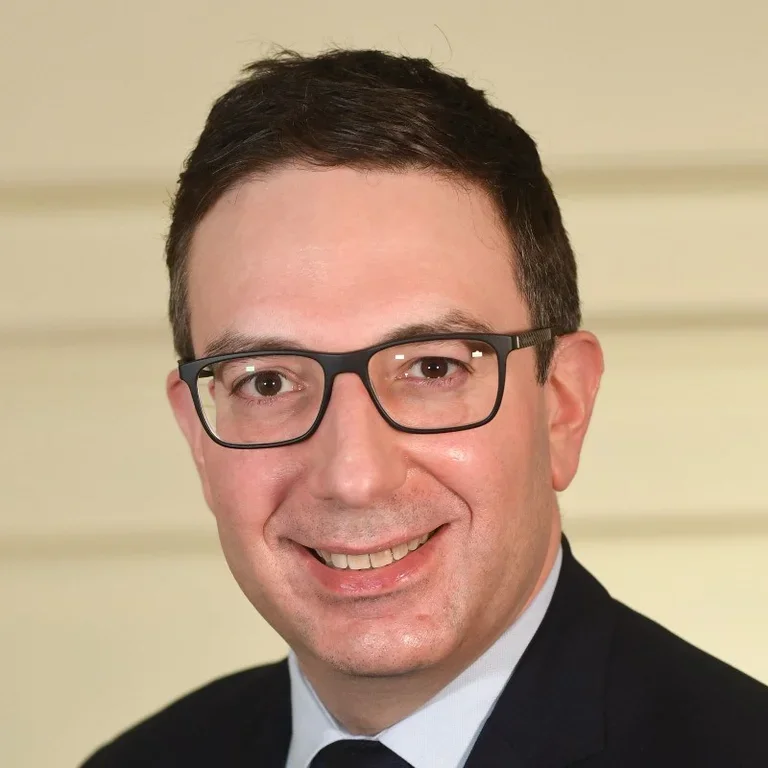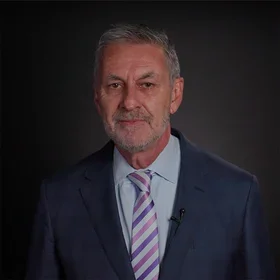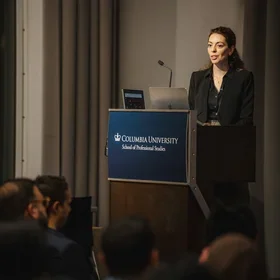By Aaron S. Wallen, Ph.D., senior lecturer in the M.S. in Human Capital Management program
In the Introduction to Human Capital Management and especially the People Analytics and Decision Making courses I instruct in the M.S. in Human Capital Management (HCM) program, one of my goals is to teach students how to deliver improvements for their clients.
Clients can include the HR teams or business partners in their organizations or, if they are consultants, other organizations. Improvements can mean solving a problem by integrating HCM and firmwide strategy, employee retention, enhancing employee engagement, increasing the “bottom line,” and a wide range of other interventions. However, it’s not always clear that clients are asking the right questions when wanting to make improvements. Or, to put it differently, how do we answer what our clients need to know and not what they think they want to know?
In my own experience working as an internal and external consultant, I’ve encountered situations where there is a large disconnect between what a client needs and the project they want me to conduct. For example, one client asked me to deliver training on matters related to diversity for a team that was experiencing some conflict. However, while discussing diversity with employees, I learned that the problem didn’t relate to demographic representation as much as creating psychological safety for employees with different viewpoints.
The question the client should have asked me was not “How do we increase diversity?” Rather, it was “How do we give voice to the diverse experiences and opinions already in the room?” I went back to the client and suggested that they focus on expanding opportunities for voice and rules around conversational turn-taking. I later learned that, after hearing my suggestion, the team members had contributed to a successful delivery for a client. One of the employees had been hesitant to share the main idea involved in the solution for fear of negative evaluation. With a safer team environment in place, the employee shared the idea, and success was unlocked.
I want my students to recognize misalignments such as the one in the example above as well. How do I accomplish this? I draw upon my expertise in negotiation and conflict resolution, where there is an emphasis on uncovering underlying interests rather than stated positions, to focus on information gathering and assumption testing rather than taking the client’s request at face value. Likewise, I decompose client questions into conceptual components—often called constructs. I learned this approach via my training in social science research methodology. In particular, a central point in research design is construct validity—defining the contours of a particular idea so it can be applied consistently and predictably. By applying my experience in both areas, I guide clients to address underlying opportunities and needs they have been challenged to articulate.
This approach manifests in the classroom when I’m working with my Human Capital Management students as well. I want students to connect to the big picture and the strategic interests of their current and future clients. To prompt them to think along these same lines, I teach the importance of connecting business and other organizational-level strategic goals with HCM programming, and to design with alignment in mind. Too often—as I share in class—there is no obvious justification for current practices other than “That’s the way we’ve always done it” or “Well, Giant Competitor Company does it that way, and it seems to work for them.” I emphasize that those aren’t reasons for a particular HR practice; they’re excuses for not thinking deeply and critically about what we do and why.
I teach students to think critically about an organization’s underlying interests through role-playing exercises where they must design how the HCM function approaches the larger organization’s goals. Likewise, I emphasize construct definition and the need to gather information from clients to understand what it is they really want to measure or change. Along the way, I suggest that they become critical consumers of the information they receive. In class, we practice using case studies to explore what it is we can and cannot know given the data we have available.
Essentially, my students are trying to make the organization for whom, and with whom, they work more successful, and their employees more fulfilled. But this task is too often obscured by misspecification of key questions. Through a focus on underlying interests and deployment of social science methodological and analytical techniques, my students help overcome this hurdle not simply by answering client questions but rather by guiding clients to ask the “right” questions in the first place.
About the Human Capital Management Program
The Columbia University M.S. in Human Capital Management program prepares graduates to be world-class HCM strategists able to address changing needs in building and motivating talented, engaged workforces in the private, public, academic, and not-for-profit sectors. The program is available part-time or full-time, on campus or online.



